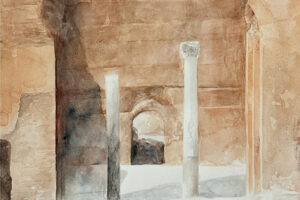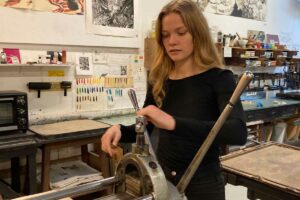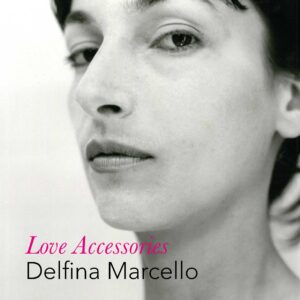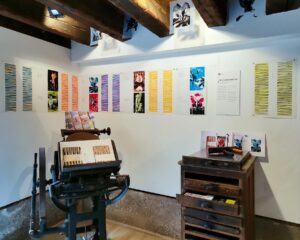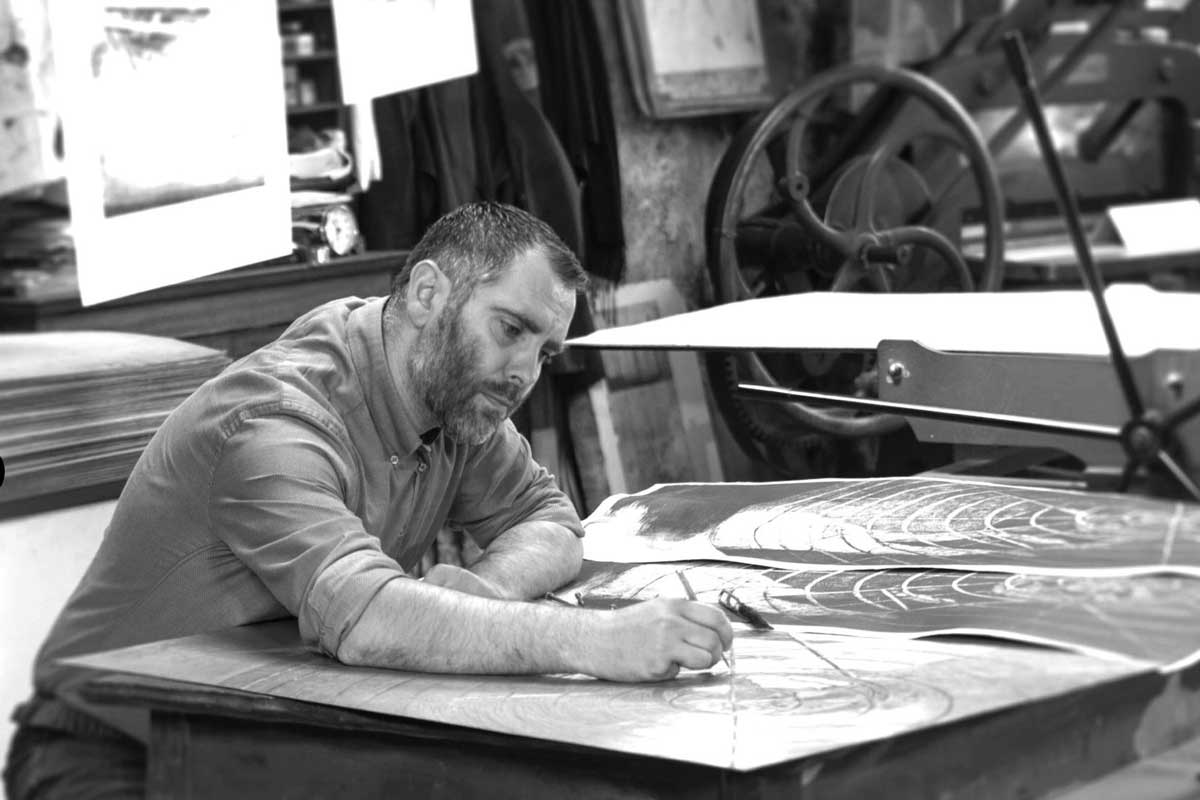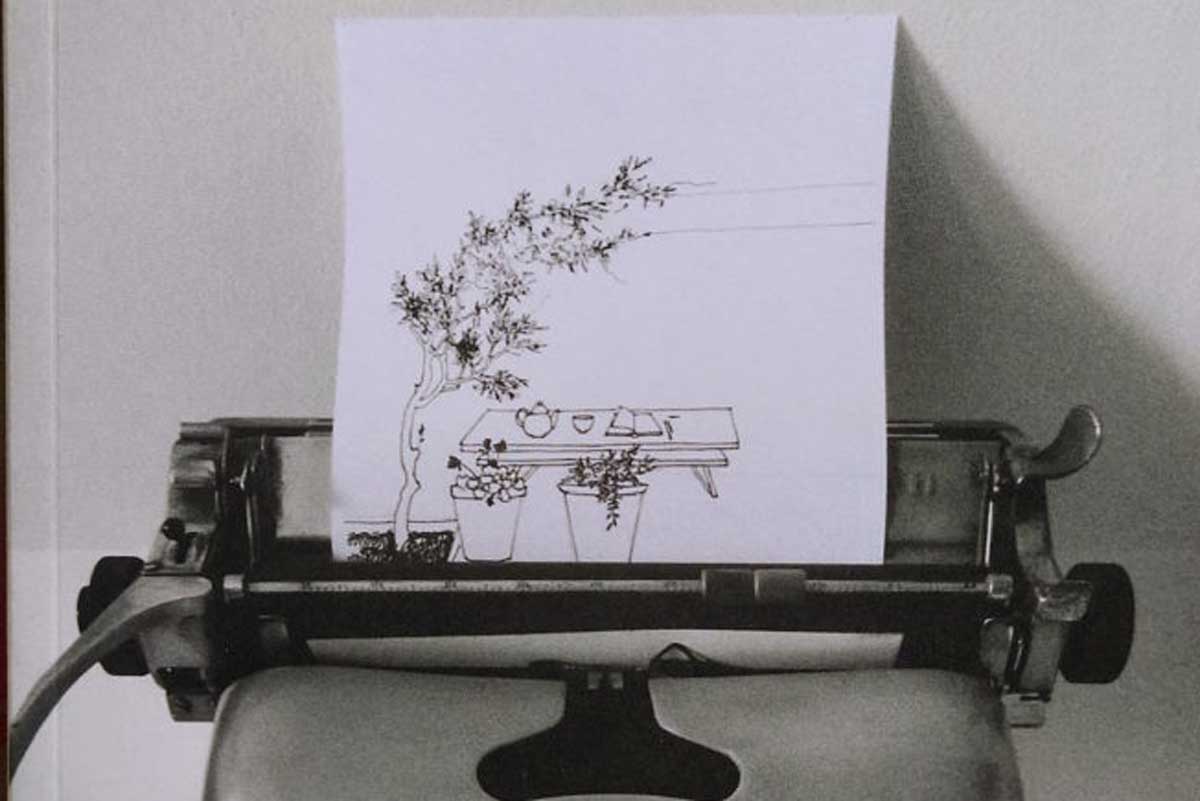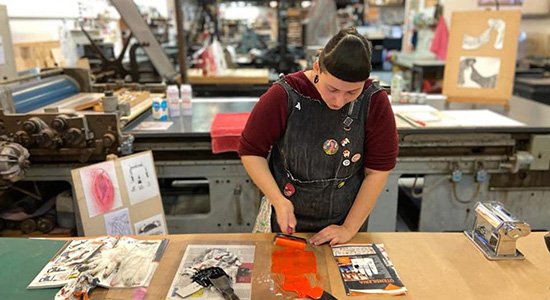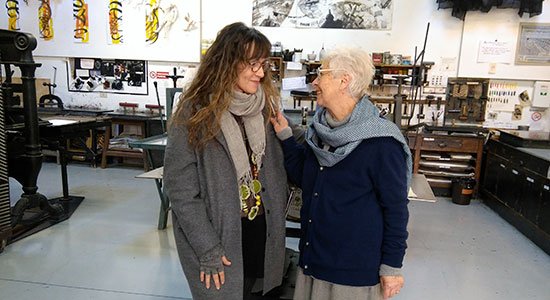April 19, 2016
An interview by Giada Pellicari
Yamada Hanako➤ is an artist based in Venice, whose artistic practice blurs the threshold between Digital Art, Photography, Media Art and, in a way, performance.
Her works usually mirror different topics that are analyzed through the use of the series considered as a specific methodology. Her projects are characterized by a powerful aesthetic and a strong visual language that explore sexuality, the notion of the archive nowadays, and Venice.
During these last years, Venice has become a perfect subject for her, as an exploration on the contemporary space where she lives. Venice is unmasked, it is a way to talk about commodity and commodification, but also to tell personal stories.
It is, then, a matter of love.
In this interview, we have deeply talked about her artistic methodology, we have analyzed some specific series and we have unrolled her interest about Venice.
Giada Pellicari: I think that your artistic practice could be summed up in four main categories, such as: body as language; internet as a place to archive images; sexuality and carnality, and Venice.
Could you tell us how you have developed your research during the years?
Yamada Hanako: Venice is my beloved city, and where I chose to live ten years ago. Therefore, for me it’s natural to try to getting to know it better.
Sexuality plays a main role in my life – I think it’s the same thing for most of the people – and I consideri it as an expression of love and death together. So, we can’t simply not to talk about it. I’m thirty years old, and the Internet is an easy instrument of knowledge for me, as a library is the same for my parents.
G. P: in your artistic practice there is a deep interest in sexuality and in the notion of gender, nowadays. A sort of trait d’union between artworks such as Webcam Girlz, Parlami d’amore and Some love affairs can be traced, in which the bed is a dominant part of the whole complex. Could you tell us more about these works and the notion of the bed for you?
Y.H: I like to spend a lot of time on the bed, not only in order to sleep of course…For example, dreaming with open eyes is an important thing for me. And again, it’s a matter of love and death: you are born and you will be dead on a bed. Webcam Grrlz is an ongoing visual research about people who sell sexual services on webcams, that it means without physical contact with the client. I think that the web and prostitution are both ways of self-determination and empowerment, so I found it very interesting when they are used together. Parlami D’Amore is a reflection on the hidden treasures of porn culture, and it’s composed of the complete transcriptions of the dialogues taken from crucial porn movies, and these words partially hide the still from the same movie. Some Love Affairs is a photographic series of hotel beds in which I’ve slept and had sex, a sort of souvenirs of my adventures.

Yamada Hanako, Webcam Grrrlz, work in progress

Some Love Affairs, 2013
<
Parlami D’Amore Linda, 2012, lambda and ink-jet print framed, 70x100cm, edition unique.
G.P: The Internet and the use of an archival collection can be seen as part of your artistic practice. Everything has begun through the visual collection called N-Tuple, and your nickname: Yamada Hanako. Could you tell us what is the role of the internet in your artistic practice? Could the use of the chat be seen as an artistic methodology?
Y.H: Artists always use the current tools of communication: once, for instance, it has been the post letter, then the phone, then the fax, now the Internet. So yes, the chat can be an artistic methodology. I’m looking forward to the invention of the transportation.

N-Tupla, 2010-2011, website
G. P: Venice has a dominant part in your research: Hic Requiescent corpuus tuum, Cruises in Venice and Venices are just few of the series that you have dedicated to it. Could you tell us more about these works and your interest in this town?
Y.H: Venice is composed of countless layers of stereotypes: the decadence, sickening romanticism, the fake appearance for tourists, the blinding beauty for poets. Its appeal is so strong that there are dozens of fake Venices in the world, with the same intent of the famous Venus sculpture’s copies. The artists work on the representation, and Venice is the glory of representation: it’s overrepresented. Well, this is an exciting challenge!

Hic Requiescet Corpus Tuum, 2011, 9 volumes of 99 pages, edition unique

Cruise in Venice, 2008
G.P: There is a specific project, which is a collaboration, called The Gondolier. It’s a series about Alex Hai, the first foreign woman who has become a gondolier in Venice, that seems a kind of visual script for a movie. Could you tell us more about this project and why you became so interested in it?
Y.H: I have invited Alex to work together on this project for three reasons: we have been knowing each other by chance online and, also, Alex is a transgender: his job is the most iconic in Venice.
Alex is not just a typical character of Venice, for me he is the personification of the Venice’s collective imagination. It seems a well written story, but, actually, it has been destiny.

Alex Hai, la gondoliera
G.P: What do you think about Venice, nowadays? Why did you decide to stay, live and study here? What is the role of contemporary art in Venice?
Y.H: I often travel, but this city still remains my favourite one. I know that it seems obvious and boring, but I want to live where I can have an aesthetic experience, everywhere I look at and in every moment of my day: everyone knows that’s very hard to take a bad picture in Venice, you have to be very committed to. Contemporary art is a susteinance source for Venice, and vice versa. I would like that it could be the same for the artists.

